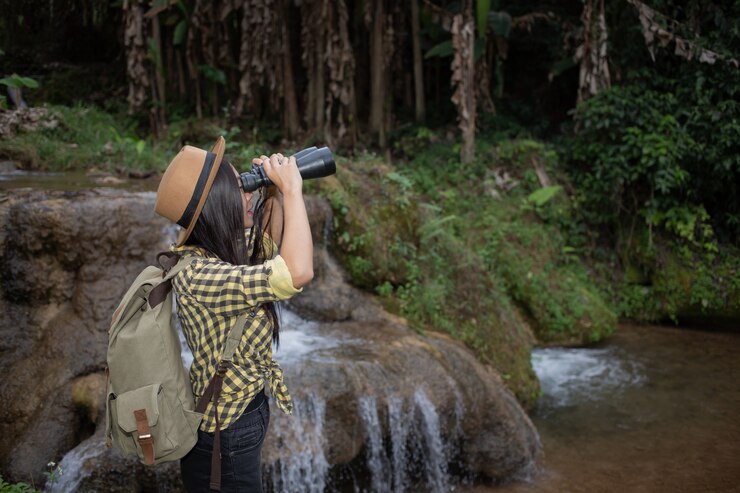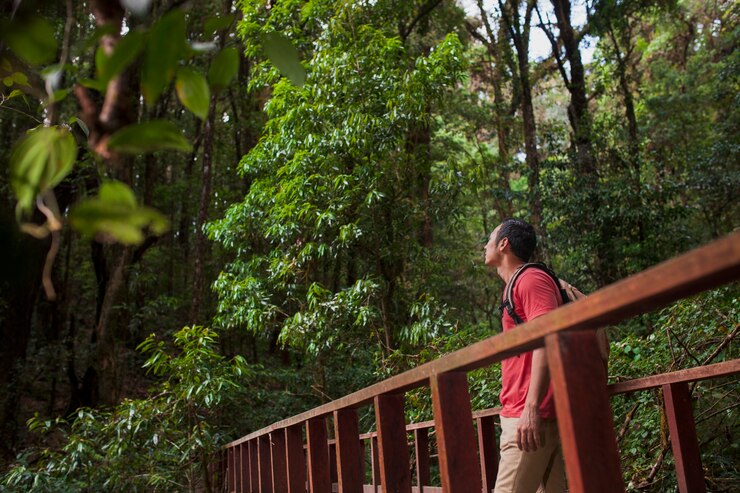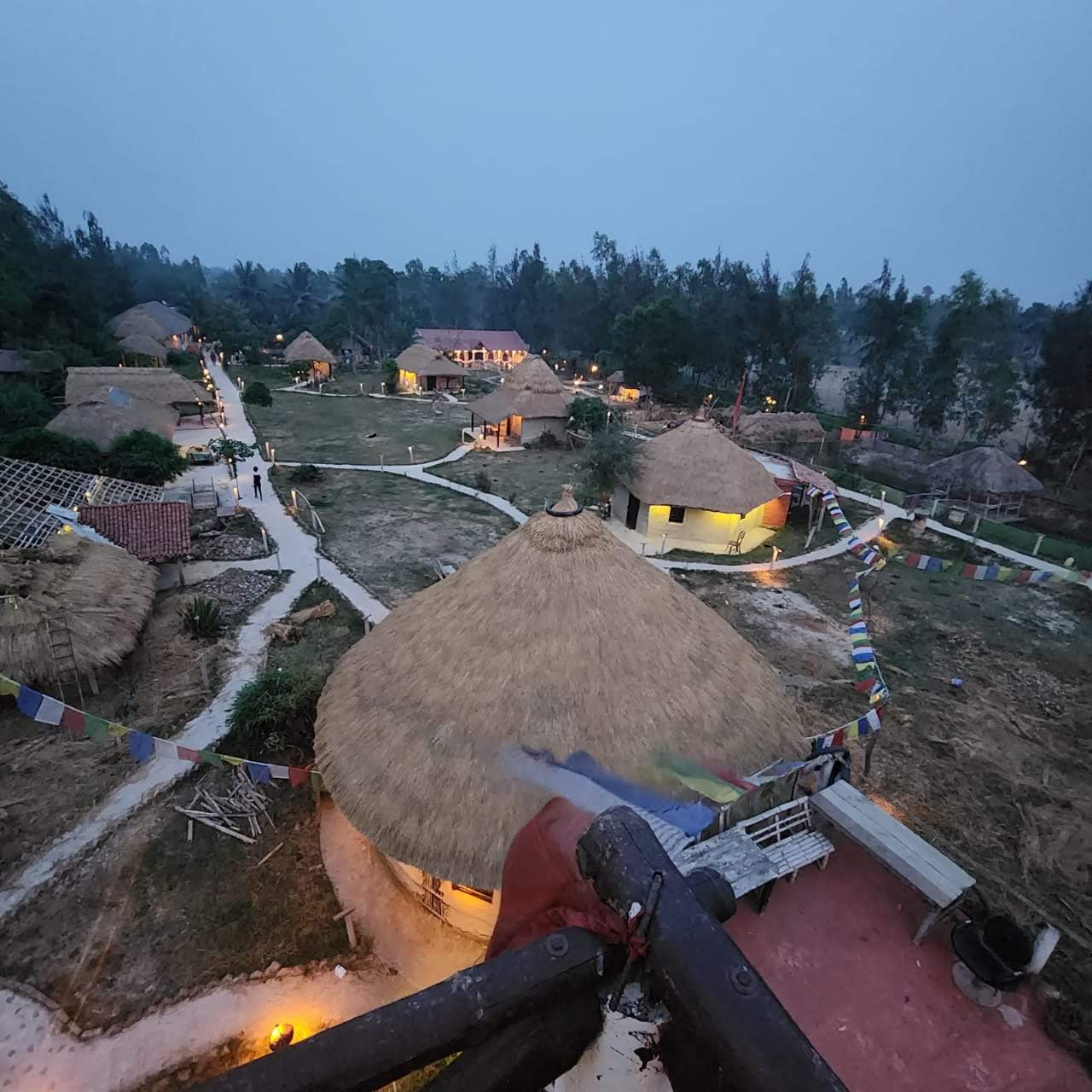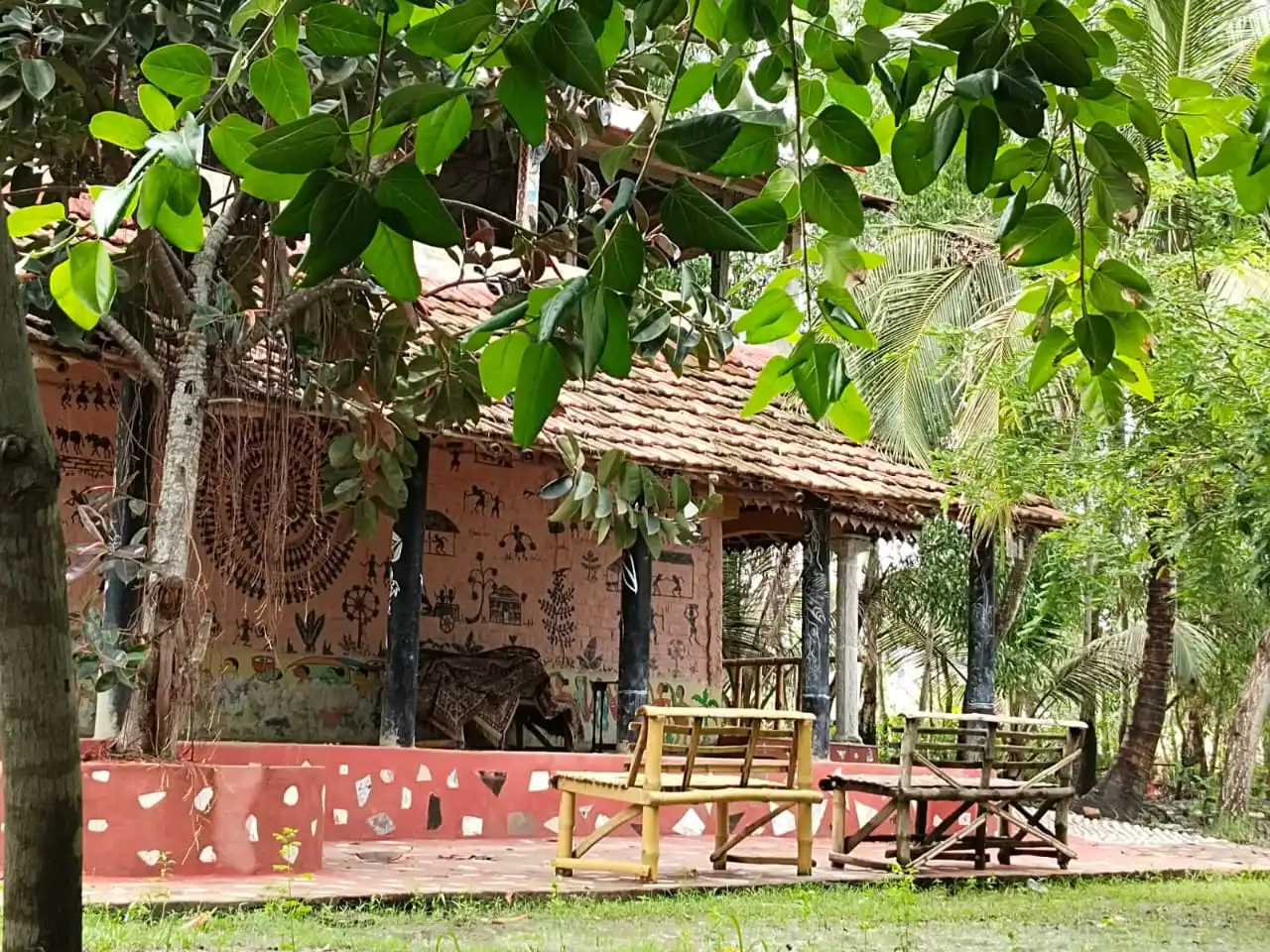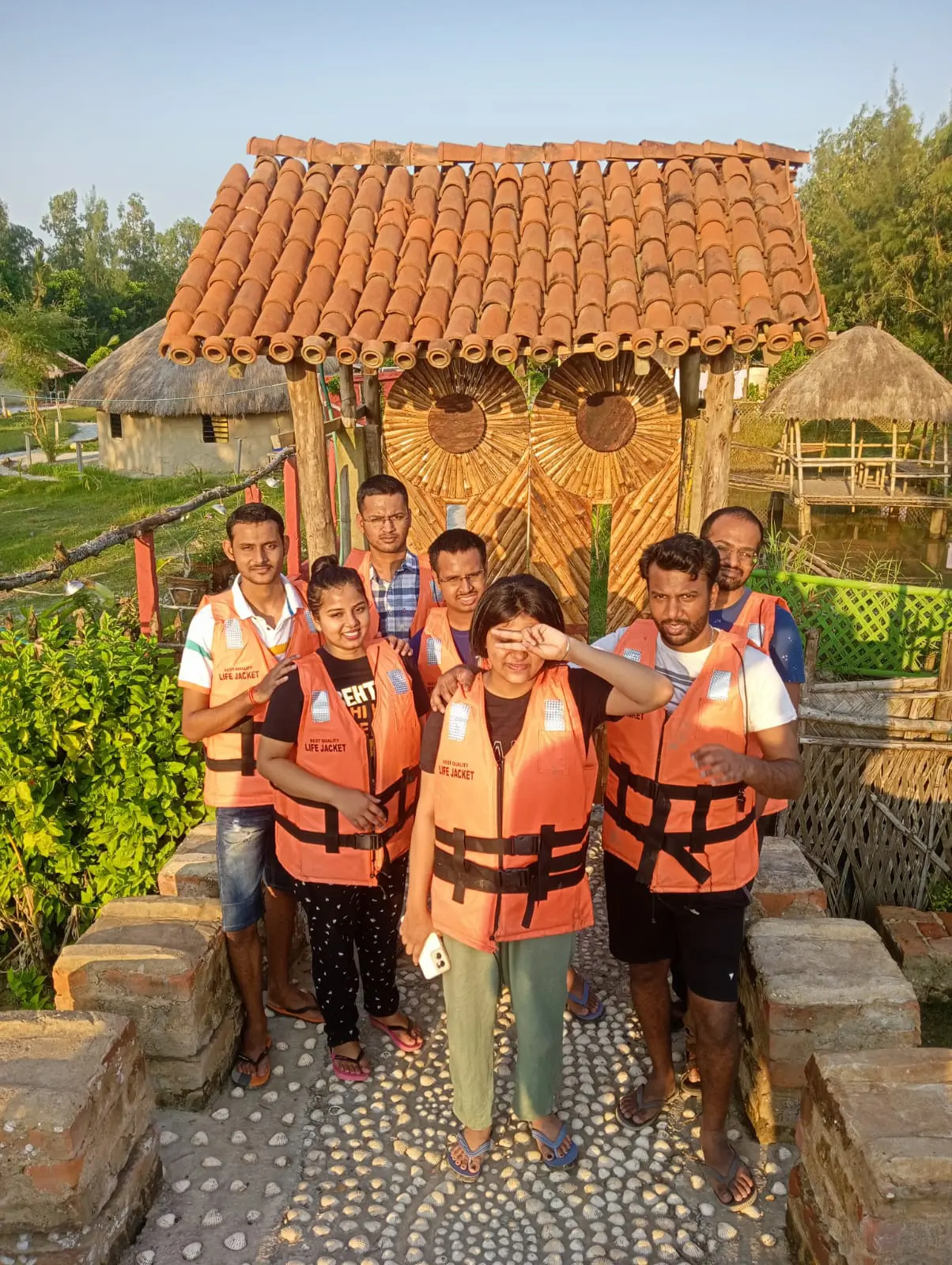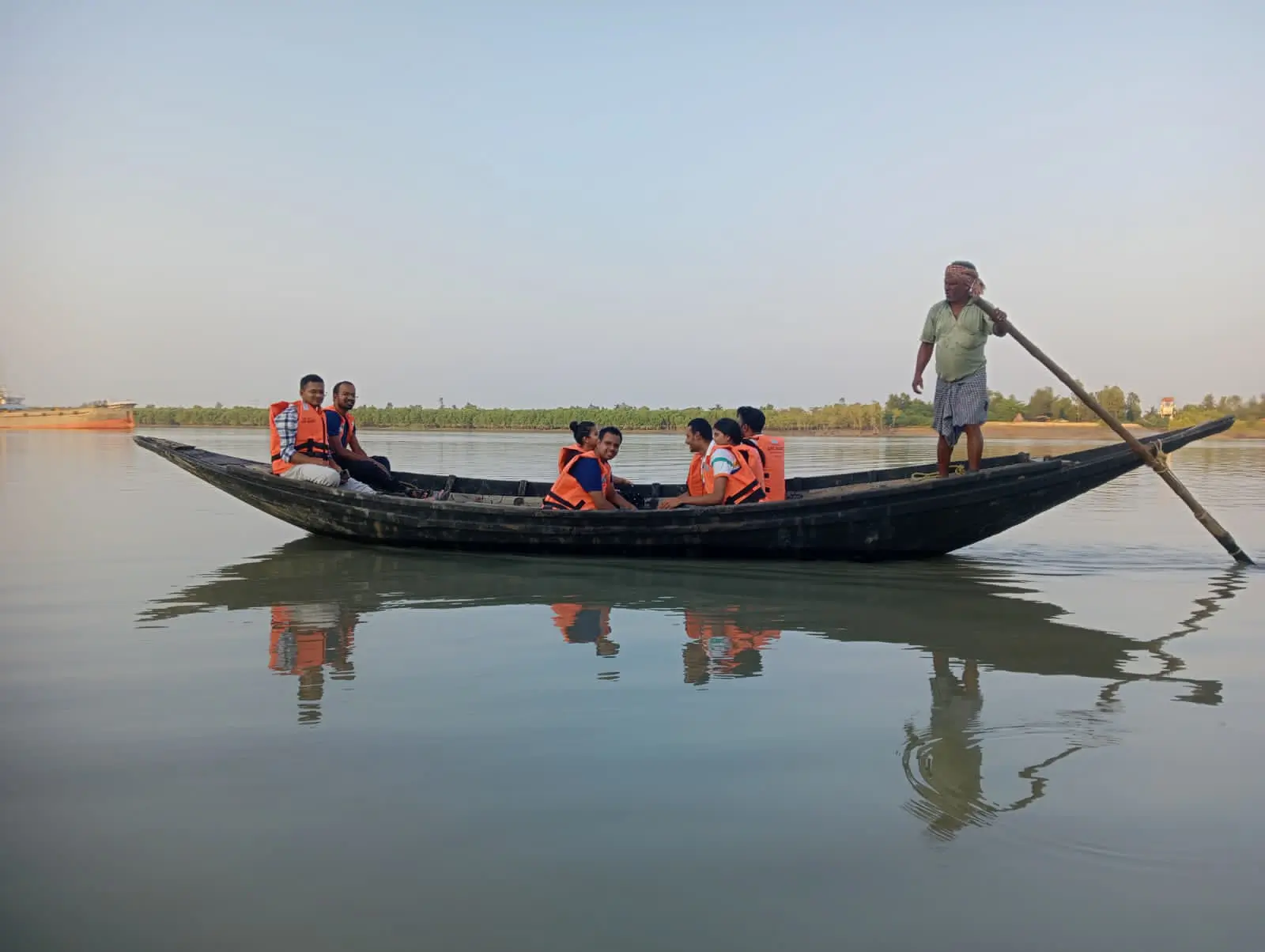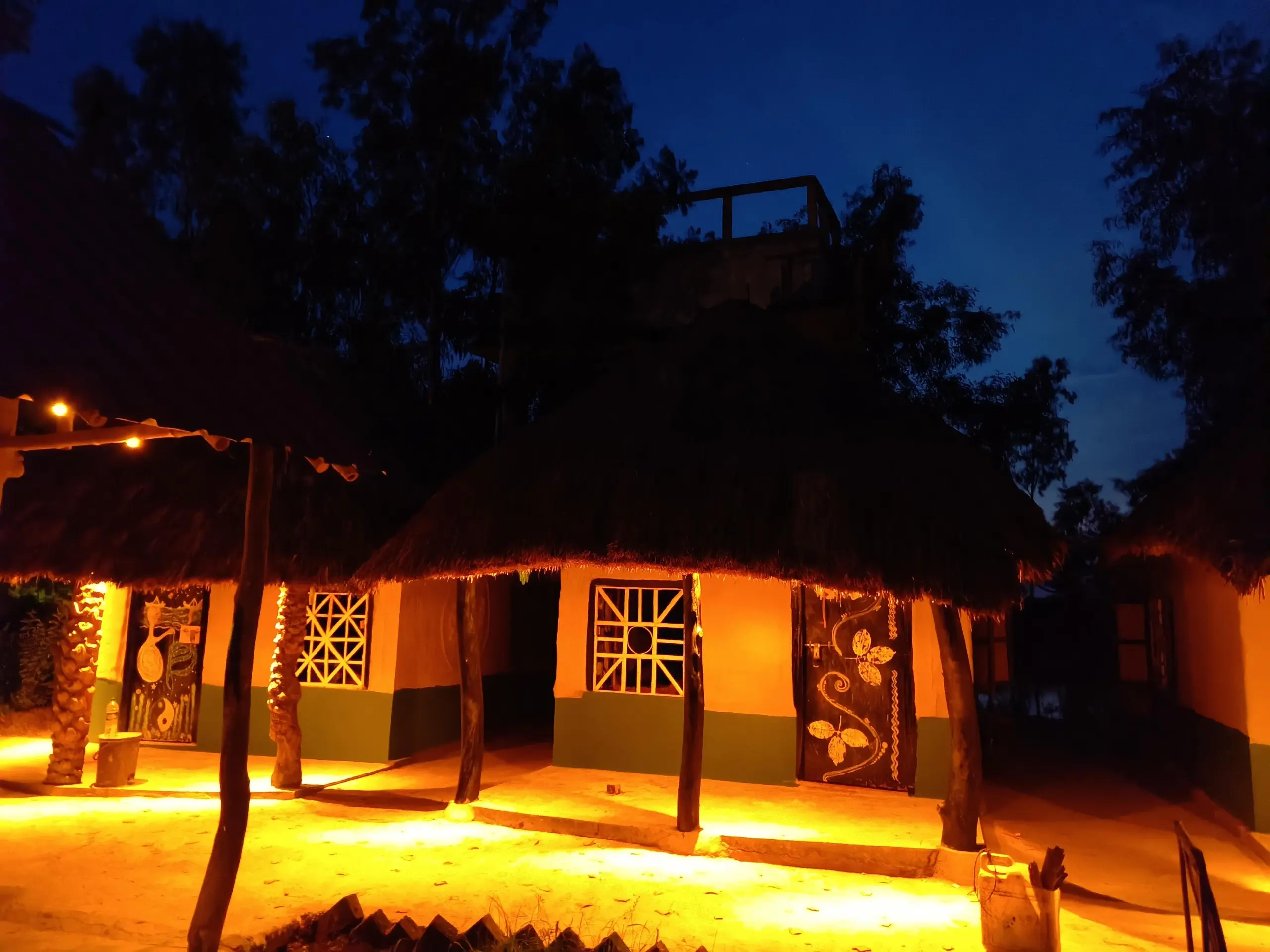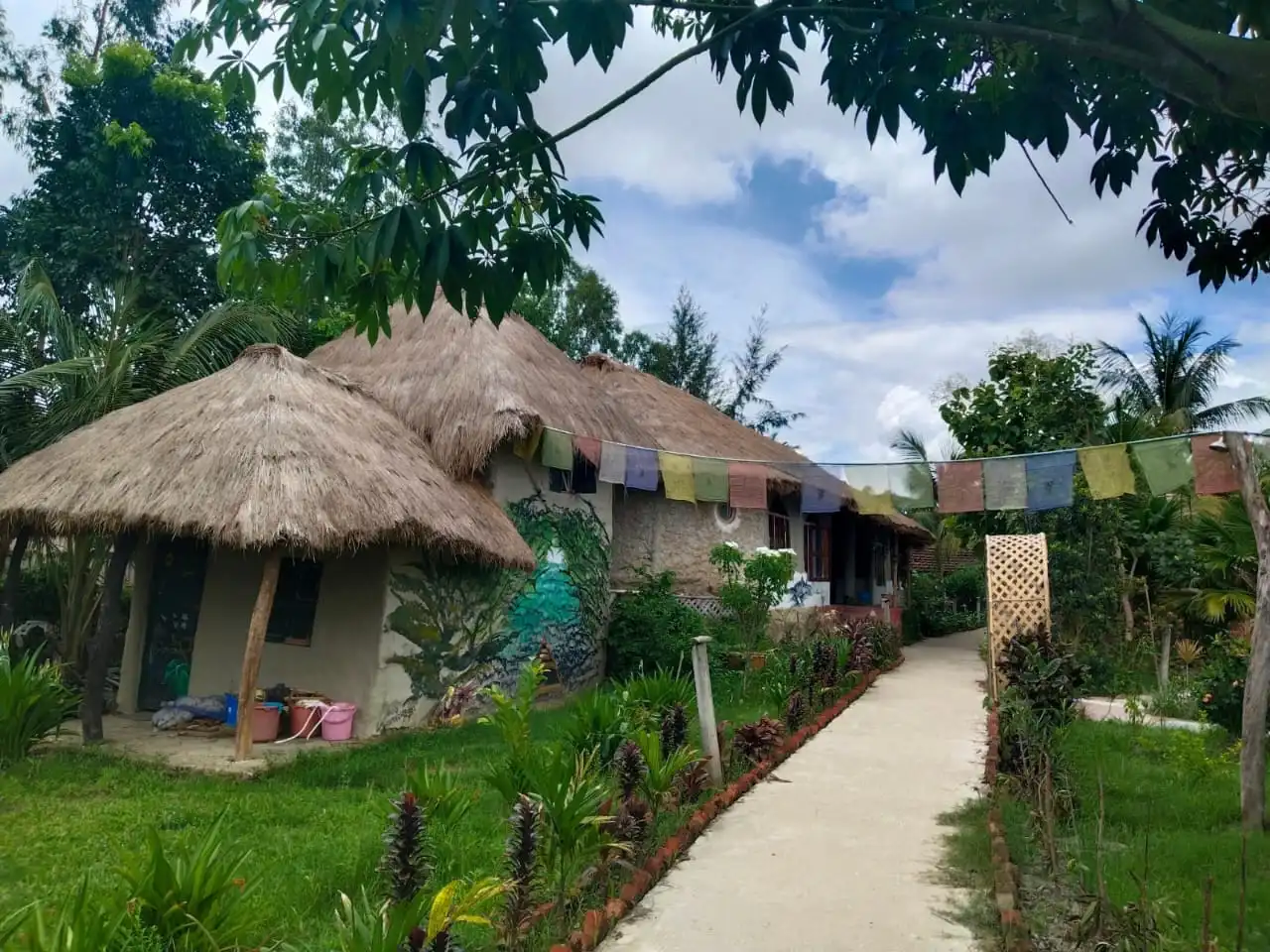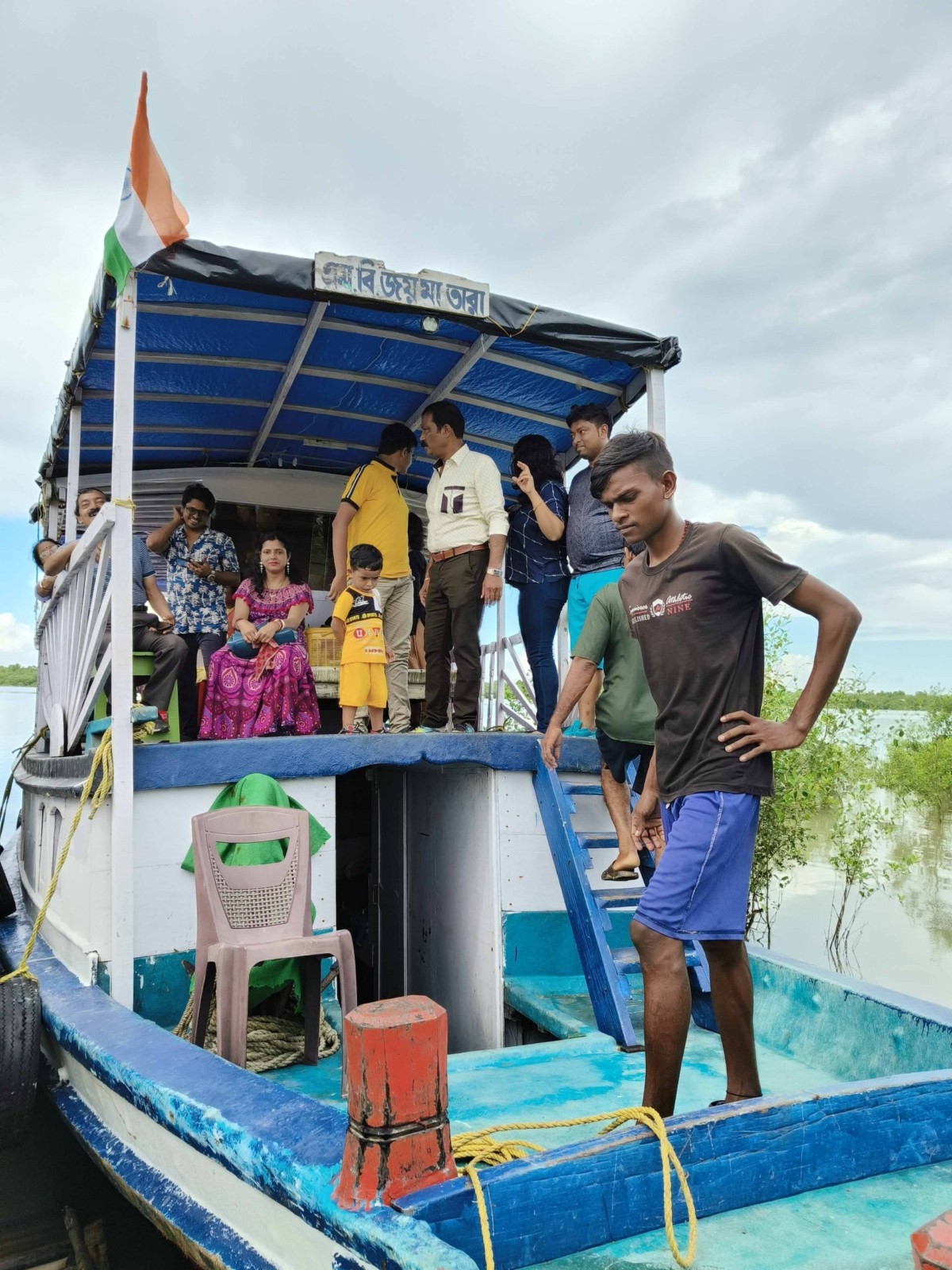Eco-villages are getting noticed for how they live sustainably, using resources carefully to help the environment. But they’re not just about being eco-friendly. They also create strong communities where people work together and share the same values. There are many people who book the Sundarban tour package from Kolkata every month because they know the value it adds to their life and mental peace.
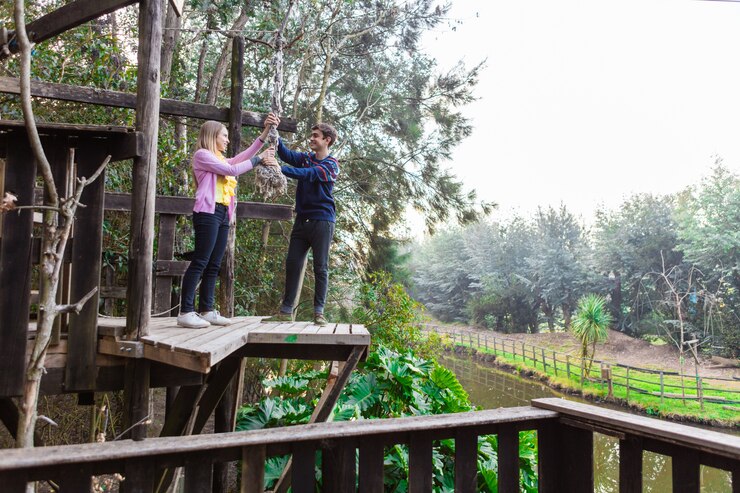
This sense of togetherness makes life richer, helps cultures mix, and gives people a special way of living that’s fulfilling and connected. This article will look into the social and cultural benefits of eco-villages, showing they’re more than just places to live sustainably they’re lively communities where people come together and thrive.
What Are The Social Benefits of Eco-Villages?
Eco-villages provide a unique opportunity for people to live in close-knit communities, where social connections and mutual support are highly valued. You will only get to know the benefits of the Sundarban Kolkata tour once you book one for yourself. The social benefits of eco-villages include:
- Stronger Community Ties: Eco-villages foster a sense of community and belonging, as residents work together to achieve shared goals. This creates stronger social connections and a greater sense of trust and solidarity.
- Increased Social Capital: Eco-villages provide opportunities for residents to engage in social activities, such as community meals, workshops, and events. This helps to build social capital, which is the collective value of the social networks and relationships that people have.
- Improved Health and Well-being: Eco-villages promote a healthy lifestyle, with access to fresh, organic food, outdoor activities, and a supportive community. This can lead to improved physical and mental health, as well as a greater sense of well-being.
- Shared Values: Residents of eco-villages are united by a common desire to live a sustainable and environmentally conscious life. This shared value system creates a sense of belonging and purpose. You’ll find yourself surrounded by like-minded individuals who value environmental responsibility and social connection, fostering a sense of camaraderie and shared purpose.
- Overcome Isolation and Loneliness: Living in eco-villages where everyone is close can help fight loneliness and feeling alone. When people regularly hang out together, do things together, and feel like they belong, it can make them feel better and less lonely. It creates a friendly and supportive place where everyone feels included.

What Are The Cultural Benefits of Eco-Villages?
Eco-villages also offer cultural benefits, as they provide a platform for cultural exchange and preservation. Do you want to book a Sundarban tour package from Kolkata that can give you exteraoriday experience for a lifetime? Read about the cultural benefits of eco-villages include and decide for yourself when you want to book a Sundarban Kolkata tour for yourself.
- Cultural Exchange: Eco-villages attract people from diverse backgrounds and cultures, providing opportunities for cultural exchange and learning. This can lead to a greater appreciation and understanding of different cultures, as well as the development of new cultural practices and traditions.
- Cultural Preservation: Eco-villages provide a space for traditional knowledge and practices to be preserved and passed down to future generations. This can help to maintain cultural diversity and prevent the loss of cultural heritage.
- Cultural Creativity: Eco-villages provide a platform for cultural creativity, as residents are encouraged to explore new ways of living and creating. This can lead to the development of new cultural expressions, such as art, music, and dance.
Conclusion
Eco-villages offer a holistic approach to sustainable living, providing not only environmental benefits but also significant social and cultural benefits. Now that you have read the entire article do you want to book a Sundarban tour package from Kolkata for you and your family? By fostering strong community ties, increasing social capital, improving health and well-being, promoting cultural exchange, preserving cultural heritage, and encouraging cultural creativity, eco-villages provide a unique platform for creating resilient and vibrant communities. As the world faces increasing environmental and social challenges, eco-villages offer a promising solution for a sustainable and fulfilling way of life.
FAQs
What are eco-villages?
Eco-villages are intentional communities that aim to live in harmony with nature while promoting sustainable living practices. They often prioritize eco-friendly technologies, renewable energy sources, and organic agriculture.
What distinguishes eco-villages from conventional communities?
Unlike conventional communities, eco-villages emphasize environmental sustainability, social cohesion, and cultural enrichment. They typically have shared resources, communal spaces, and a strong sense of community involvement.
How do eco-villages promote cultural enrichment?
Eco-villages encourage cultural diversity and creativity by providing spaces for artistic expression, music, and cultural events. Residents often share skills, traditions, and knowledge, creating a rich tapestry of cultural exchange within the community.
What are some challenges associated with living in eco-villages?
Challenges may include decision-making processes, conflicts within the community, and the practicalities of off-grid living. Additionally, eco-villages may face external challenges such as zoning regulations or access to resources.
How can eco-villages contribute to broader societal change?
By serving as models of sustainable living and community resilience, eco-villages inspire and educate others about alternative ways of living. They contribute to a shift in consciousness towards environmental stewardship, social equity, and cultural diversity.
Lorem ipsum dolor sit amet, consectetur adipiscing elit. Ut elit tellus, luctus nec ullamcorper mattis, pulvinar dapibus leo.

